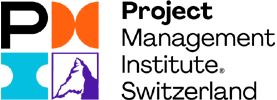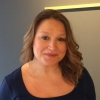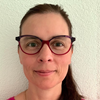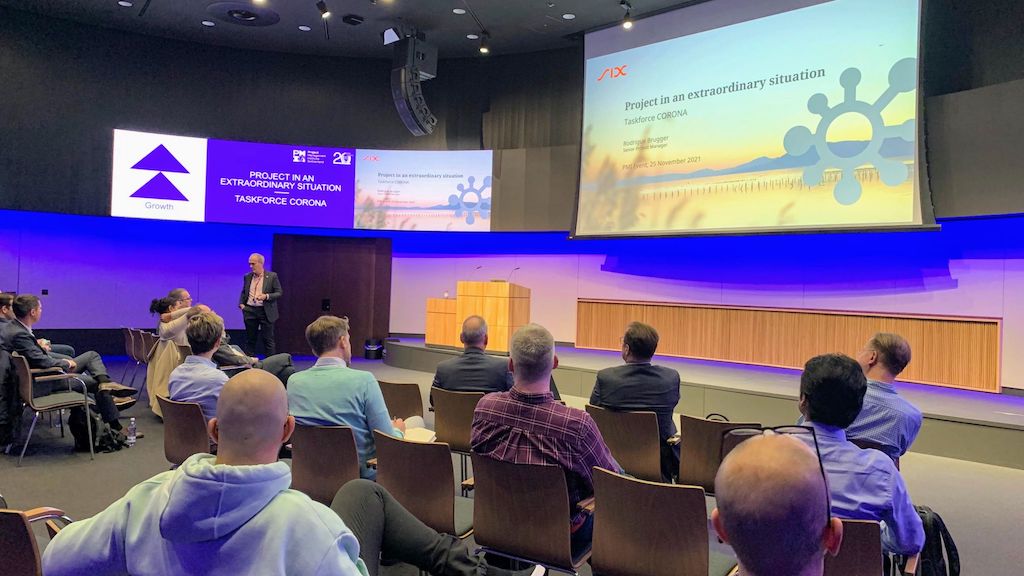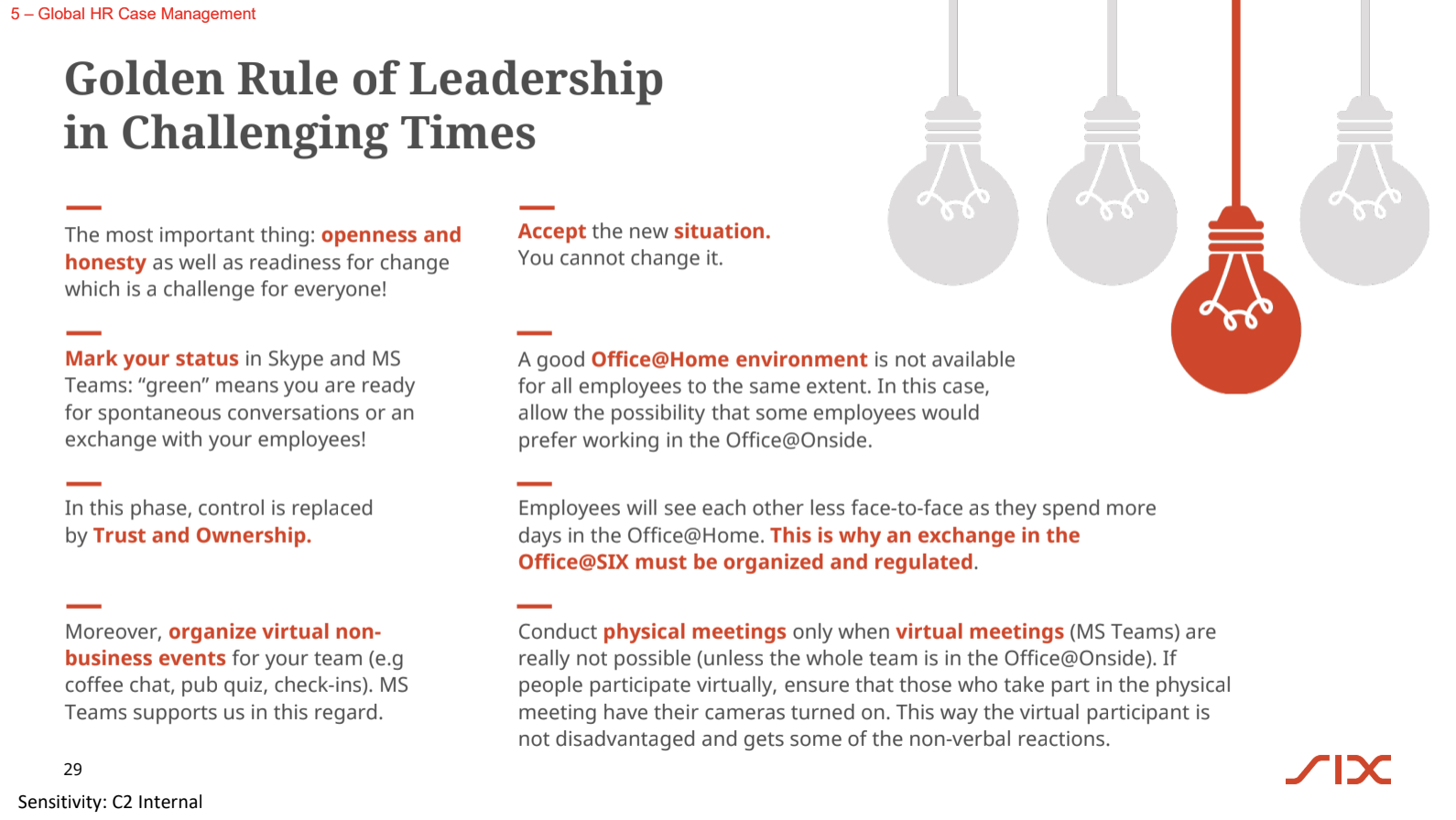Author: Tahirou Assane Oumarou, PMP
Director of Brightline, PMI

Tahirou Assane Oumarou will be speaking on March 31st at PMI Switzerland's online event "Leading a dynamic people-centered transformation."
The original full article by Ricardo Viana Vargas, Tahirou Assane Oumarou and Emil Anderson was first published in The London School of Economics and Political Science (LSE) on January 12, 2021.
Transformation is personal. Always. Think about it. Organizational change is brought about one individual at a time. A change of behavior or a change of outlook by one individual in an organization is the cellular basis of achieving transformation. Individual transformation of employees is (at least) as important as any organizational transformation. Without it, the chances of any transformation succeeding are low. Without it, the chances of an organization continuing to evolve and respond to new changes are almost non-existent.
And yet if we look around at organizations time and time again we find lamentable levels of employee engagement and transformation programs which look good in a deck of slides, but which fail when they face the first hurdle of reality: convincing and motivating people to act.
First, engagement. The research into employee engagement is uniformly depressing. Research by Gallup for its State of the Global Workplace report concluded: “Worldwide, the percentage of adults who work full time for an employer and are engaged at work — they are highly involved in and enthusiastic about their work and workplace — is just 15 percent. That low percentage of engaged employees is a barrier to creating high-performing cultures. It implies a stunning amount of wasted potential, given that business units in the top quartile of our global employee engagement database are 17 percent more productive and 21 percent more profitable than those in the bottom quartile.” It is worth repeating the key statistic: a mere 15 percent of people engaged in their work.
With employee engagement at these abysmally low levels, organizations then instigate transformation programs with little consideration of or consultation with employees. It is no secret that people are recognized as the most important source of an organization's competitive advantage. And the same goes for transformation; the main hurdle to overcome in large change programs is the human one. Likewise, the main power to harness in large change programs is the human one. Regardless of which industry, geography or type of transformation, the solution is the same. Yet, paradoxically, we find that people are frequently the most misunderstood asset and least leveraged capability.
It is easy to say how important people are, but it is often difficult to translate the recognition of this importance into implementation. There are subtle skills which need careful development individually and organizationally. Our own research at the Brightline Initiative suggests that hiring and retaining top-notch talent facilitates a smoother journey for transformation. But, make no mistake, ensuring you have the right people in the right places with the right skills is a big challenge.
Across all the respondents in our research, reported success factors for implementing strategy included “sufficient resources” and “existing talent with the right skillset” as the top two ingredients. While “resources” can refer to many different things—capital, technology, equipment, time—it certainly includes people, teams, and sufficient talent. Across all respondents, 28 percent noted that their organization focuses more on developing internal talent; 50 percent stated they invest in both hiring and developing existing talent, but place a higher priority on the latter; 16 percent said they focus on both hiring and developing talent, but place more emphasis on recruitment; and just 6 percent noted they are more heavily focused on attracting external talent.
When examined from the perspective of faster- versus slower-transformation organizations, we see significant differences. Faster-transforming organizations were nearly twice as likely as slower- transforming respondents (34 percent vs. 19 percent) to report a greater focus on developing internal talent. This highlights the importance of improving internal learning and development programs, while still continuing to invest in recruitment efforts. Transformation must come from within.
Once the focus is on the organization’s internal talent, leaders must attempt to get everyone on the same page. The ultimate task is to change key beliefs and behaviors as changing and nurturing the organizational culture is one of the most difficult and complex things a leader can take on.
How to begin
Transforming from within must begin with an appreciation of how people naturally perceive and experience change. Employees tend to view transformations in one of three ways – as a threat, as a burden, or as an opportunity. Too often leaders fail to recognize the fear of being replaced or minimized due to transformation, or actually stoke those fears through opaque or limited communication. Faced with these challenges we encourage each employee participating in the transformation, at any level, to focus on their personal strengths and unique contributions to the organization, and to connect these to the vision of the organization after transformation – helping them to understand how they can contribute to the transformation effort, and how the transformation will help their progression and growth.
This self-evaluation exercise is typically a three-step process for each participant:
Define your aspiration of where you want to be – create a Personal Vision Statement that defines where you want to be. It is important that this is within the transformation context – and defines what you can contribute to the transformation, and what you want to get out of the transformation process.
Develop an understanding of yourself. There are multiple tools to choose from – organizations have had some success with personality tests such as Myers-Briggs, Enneagrams or GC Index, or tools such as StrengthsFinder.
Develop a Personal Transformation Plan, and share with your transformation team as a method of making, and getting, a public commitment.
A key aspect of leadership of transformation is instituting and responding appropriately to these reflections. At Brightline the primary tool we use for employee transformation is called the SEE Model. SEE stands for Strengths-Evokes-Elates. The three-part SEE model helps people define their calling within the context of transformation. The aim is to find the intersection between:
Your strengths – the areas of work in the business and the transformation where you are or are willing to become good at
The elements of the transformation that evoke personal meaning – the things that give you long-term satisfaction
Actions that make you feel elated – activities and actions that give you immediate joy.
Many organizations find it difficult to involve employees so intimately in forming and leading the transformation. But, never forget that change is a human endeavor and, as such, can make delivering strategy a messy and complicated process. People have different interests, motivators and tolerance – which influence behaviors and create potential misalignment and barriers. Their response may not appear rational at first, because change is often processed as a threat. New strategies always require different ways of working, so leaders must recognize the time and effort required to shift individual interests, mindsets and behaviors. Once that is practiced, employees will in return feel engaged and help leaders make the transformation a success.
Tahirou Assane Oumarou, MASc, P.Eng, PMP has over 20 years of experience in leadership roles, civil engineering, strategy, transformation, and project management. As Director of Brightline at PMI, Tahirou oversees the activities under the three benefit pillars of thought and practice leadership, networking, and capability building. Through Brightline, Tahirou led the development of the Organizational Transformation Series and championed Brightline flagship event Strategy@Work.
Prior to PMI, Tahirou worked as the deputy director of infrastructure and project management group in the United Nations Office for Project Services supporting the successful implementation of peacebuilding, humanitarian, and development projects around the world.
Before the United Nations, Tahirou was a senior project manager with the Ministry of Transportation in Ontario where he provided technical capabilities and expertise to ensure excellence in the delivery of complex highway projects with multi-disciplinary teams.
Resources
- Gallup (2017). State of the Global Workplace. Gallup, Inc. https://www.gallup.com/workplace/238079/state-global-workplace-2017.aspx
- Brightline Initiative. The Brightline Transformation Compass. Brightline Initiative. https://www.brightline.org/resources/transformation-compass/
- Brightline Initiative (2019). The Transformation Playbook. Brightline Initiative & Thinkers50. https://www.brightline.org/resources/thinkers50-transformation-playbook/
